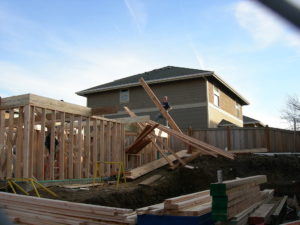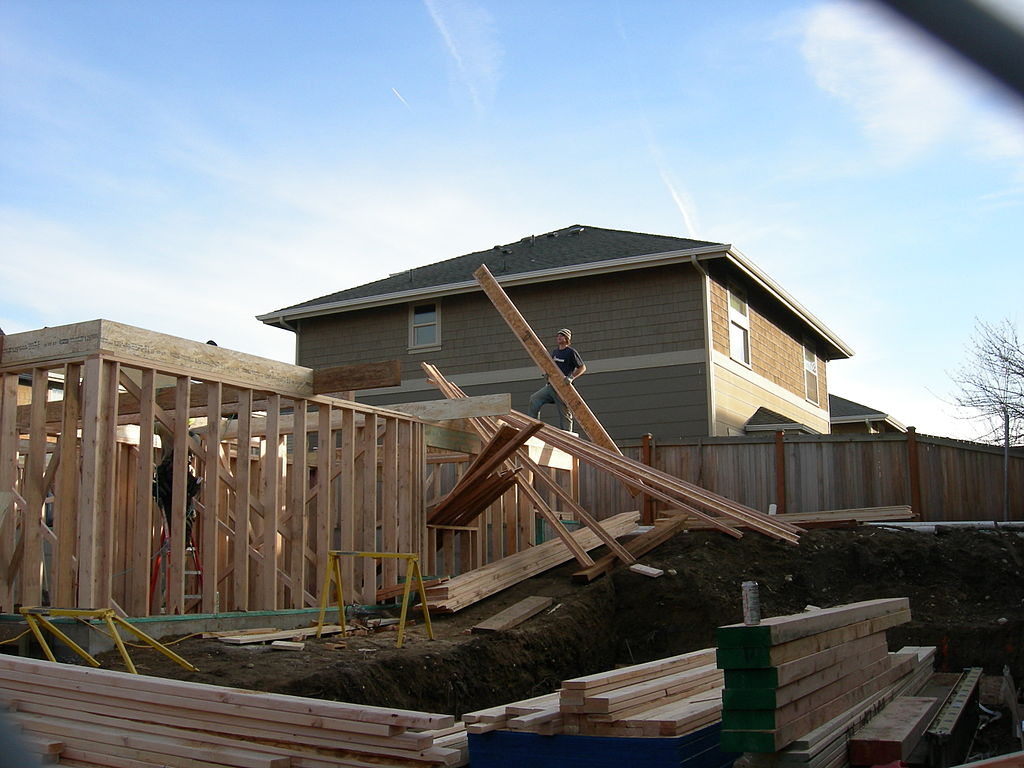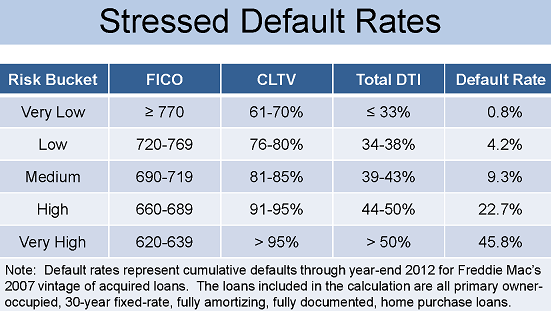
Home under construction, in Seattle, Washington. By Joe Mabel CC-BY-SA-3.0, via Wikimedia Commons
Buyers have flooded into the housing market, thanks to a continually low unemployment rate and a strong economy. However, the supply of available homes remains low, and that is putting a strain on the market, even as more potential buyers consider purchasing a home.
The housing supply at the end of last year was 1.65 million units, down 6.3 percent from the same time in 2015. Last year’s fourth quarter supply numbers were also the lowest amounts since the National Association of Realtors (NAR) began tracking the housing supply in 1999. The average supply decreased to 3.9 months in Q4 2016, a drop from 4.6 months the previous year. An average below six months usually favors sellers because demand is outstripping the available supply of homes.
Across the United States, the limited supply is affecting the housing market. Utah enjoyed a strong 2016, as both sales and prices hit new all-time highs. In 2009, homes in Salt Lake City averaged 81 days on the market before being sold. Last year, the average was just 13 days. Existing home sales reached a 10-year-high in the state, and the median sales price was $295,000, beating the previous mark by $5,000 set 2007.
Tucson, Arizona is recovering from the economic downturn, and now the available homes is far below the demand. After the housing crash, developers and builders were not active, thanks to banks reigning in lending practices. Since the recovery, developers have been working to keep up with the new demand. Last year 2,697 single-family residential permits were granted, 647 more than the previous year.
Overall, the supply led to home prices increasing in nearly 90 percent of the metro areas across the country in last year’s fourth quarter. Low mortgage rates have also helped increase interest in potential buyers. The national median single-family home price was $235,000, increasing 5.7 percent from 2015 at the same time.
Will supply catch up with the current demand for homes? Let us know your thoughts in the comments.






Recent Comments